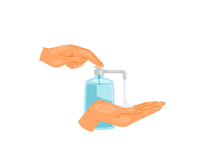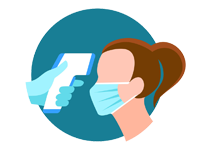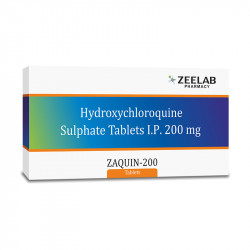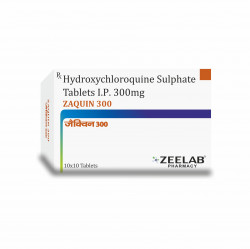Chloroquine
Chloroquine is a widely used medication primarily prescribed for the prevention and treatment of malaria. It belongs to a class of drugs called antimalarials and works by killing the parasites that cause malaria. Apart from malaria, it is also used for treating autoimmune diseases like rheumatoid arthritis and lupus due to its anti-inflammatory properties. Chloroquine has been in use for decades and remains a key medicine in areas where malaria is prevalent. However, due to increasing resistance, its use is now limited to specific cases. Always take chloroquine under medical supervision to ensure safe and effective treatment.
Uses of Chloroquine
- Treatment and prevention of malaria
- Management of rheumatoid arthritis
- Treatment of systemic lupus erythematosus (SLE)
- Used in certain viral infections under medical guidance
- Helps control inflammation in autoimmune conditions
How Chloroquine Works
Chloroquine works by interfering with the growth and replication of the malaria parasite inside red blood cells. It increases the pH levels in the parasite’s food vacuole, disrupting its ability to digest hemoglobin, ultimately leading to the parasite’s death. In autoimmune diseases, chloroquine helps regulate the immune system and reduce inflammation, preventing joint and tissue damage.
Benefits of Chloroquine
- Effective in preventing and treating malaria
- Reduces inflammation in autoimmune diseases
- Affordable and widely available
- Long-standing history of medical use
- Can be used for both acute treatment and long-term management
- Helps control joint pain and skin symptoms in lupus
How to Take Chloroquine
Chloroquine should be taken as prescribed by a doctor. For malaria prevention, it is usually taken once a week, starting one to two weeks before travel and continuing for four weeks after leaving a malaria-prone area. For treatment, the dosage varies based on severity. For autoimmune diseases, it is taken daily at a lower dose. Always take it with food to reduce stomach discomfort and follow the prescribed schedule strictly.
Types of Dosage Available
- Chloroquine Tablets (Various Strengths)
- Chloroquine Injection (For Severe Malaria Cases)
Side Effects of Chloroquine
- Nausea and vomiting
- Stomach pain or cramps
- Headache and dizziness
- Blurred vision or eye problems (long-term use)
- Skin rashes and itching
- Muscle weakness
- Rare but serious heart rhythm issues
Safety Advice
- Take chloroquine exactly as prescribed by your doctor
- Avoid in patients with pre-existing heart conditions
- Regular eye check-ups are recommended for long-term users
- Not recommended during pregnancy unless necessary
- Inform your doctor about any existing medical conditions
- Avoid alcohol while taking chloroquine
Frequently Asked Questions (FAQs)
Q. What is Chloroquine used for?
A. Chloroquine is used for treating and preventing malaria, as well as managing autoimmune diseases like rheumatoid arthritis and lupus.
Q. How long should I take Chloroquine for malaria prevention?
A. You should start taking it 1-2 weeks before travel, continue during your stay, and take it for four weeks after leaving the malaria-prone area.
Q. Is Chloroquine safe for long-term use?
A. Long-term use may cause eye damage, so regular check-ups are necessary if taken for conditions like lupus or rheumatoid arthritis.
Q. Can pregnant women take Chloroquine?
A. It is not recommended during pregnancy unless prescribed by a doctor, as it may have potential risks.
Q. Does Chloroquine cause vision problems?
A. Long-term use may affect vision, so regular eye examinations are advised to monitor any changes.
Q. Can I take Chloroquine without a prescription?
A. No, chloroquine should only be taken under medical supervision due to potential side effects and resistance concerns.
Download India's most affordable pharmacy app
- Compare with medicine prices
- Save upto 90% on your medicine bills

Temperature Controlled storage and delivery

Regular Sanitization

Disinfected Packaging












 Added!
Added!